Many people slather on sunscreen before hitting the waves but don’t give a thought to eye protection while in the water.
Chronic sun exposure can lead to a common eye condition called pterygium, a noncancerous growth on the cornea that can affect vision.
Surfers and others who spend a lot of time outdoors and in the ocean have a greater potential for developing eye problems, according to Dr. Michael Bennett, founder of the Retina Institute of Hawaii and an active waterman himself. Water can reflect up to 100 percent of damaging ultraviolet light from the sun.
Pterygium is like a callous on the hand. It can be brutally painful,” he said.
“This is a big problem for surfers, windsurfers, fishermen and guys on the water here. They need to be wearing some sort of protection that prevents this,” Bennett said.
Pterygium can grow over the entire eyeball, causing a substantial loss of vision. The main symptom is an area of raised white tissue, which can become inflamed and cause burning, irritation or a feeling of having a foreign particle in the eye.
Surgery can be done to remove the scar tissue from the eye if vision is impaired, but there is a chance it will return. Once diagnosed, the most important course of action is to try to contain the damage and not let it get worse.
Goggles, sunglasses and tinted sports contact lenses that filter UVA and UVB light all work well as means of eye protection, but there are trade-offs, according to Bennett.
“It’s easiest to wear glasses, but they are the easiest to lose in the water. Polarized glasses provide water clarity and help with UV blockage,” he said. “Goggles stay secure but fog with great frequency, especially if you heat up and the water and air temperature remains relatively cool.”
Australian Jamie Mitchell, winner of eight consecutive Molokai-to-Oahu paddleboard races, wears polarized sunglasses while on the water.
“When I’m paddling I always wear sunglasses. I am lucky I am sponsored by Kaenon Polarized,” he said. “I feel it’s important to save your eyes from the sun, glare and elements as much as possible. Without our eyesight we have nothing, so I definitely like to protect my eyes.”
Seventeen-year-old Connor Baxter of Maui, who competes around the world in windsurfing, stand-up paddling and surfing, also believes that sun protection is of the utmost importance.
“I’m normally in the ocean from sunup to sundown,” he said.
Baxter uses tinted contacts by Nike, one of his sponsors, for sun protection. In general the specialized contacts range in price from $33 to $39 a pair and require a fitting from an eye doctor. The lenses that Baxter wears reduce glare and filter out 95 percent of UVA and UVB light. (A Nike spokesman said the lenses are no longer on the market while the company is changing manufacturers.)
“I try to use them as much as possible,” said Baxter, adding that the lenses begin to lose their polarization after a few weeks.
“I can wear sunglasses when I paddle for an hour. But when I’m paddling 32 miles for a race, it’s a real benefit to have the contact lenses. You get polarization and no glare, which is so helpful,” he said. “It definitely gives me an edge on the competition.”
Whether one prefers sunglasses, goggles or contacts, Bennett said “all are infinitely better than nothing at all.”
“I have tried them all and they all have their places — it’s up to the individual. Just like sunscreen and seat belts: trade-offs and hassles are a part of living.”
» For sports-tint contact lenses, check with an eye doctor or check online, including at www.mariettacontactlens.com and other websites.
» Kaenon Polarized sunglasses are sold in surf shops; find locations at www.kaenon.com.



Need a last minute gift for the person who is difficult to shop for? Have you thought about their vision? Whether it is a brand new pair of frames from one of our optical boutiques or a certificate for vision correction, we have the unique gift for your loved one who has everything, including poor vision! Stop in to one of our Island locations today! ... See MoreSee Less
0 CommentsComment on Facebook
Dry eyes can be more than just a temporary annoyance. They may be a sign of ocular surface disease, a common condition where your eyes don’t produce enough tears or the right kind of tears. 👁️💧 We are here to help with advanced dry eye treatments! ... See MoreSee Less
1 CommentComment on Facebook
𝐖𝐢𝐬𝐡𝐢𝐧𝐠 𝐲𝐨𝐮 𝐚 𝐬𝐩𝐞𝐞𝐝𝐲 𝐫𝐞𝐜𝐨𝐯𝐞𝐫𝐞𝐫, 𝐢𝐧 𝐭𝐡𝐞 𝐦𝐞𝐚𝐧𝐭𝐢𝐦𝐞 , 𝐢 𝐰𝐢𝐥𝐥 𝐚𝐝𝐯𝐢𝐜𝐞 𝐲𝐨𝐮 𝐭𝐨 𝐠𝐞𝐭 𝐢𝐧𝐭𝐨𝐮𝐜𝐡 𝐰𝐢𝐭𝐡 𝐃𝐫 *Ogbekhiulu* #DrogbekhiuluherbalHome 𝐦𝐞𝐝𝐢𝐞𝐬, 𝐡𝐢𝐬 𝐭𝐫𝐞𝐚𝐭𝐦𝐞𝐧𝐭𝐬 𝐚𝐧𝐝 𝐧𝐚𝐭𝐮𝐫𝐚𝐥 𝐦𝐞𝐭𝐡𝐨𝐝𝐬 𝐠𝐚𝐯𝐞 𝐦𝐞 𝐜𝐨𝐦𝐩𝐥𝐞𝐭𝐞 𝐚𝐧𝐝 𝐩𝐞𝐫𝐦𝐚𝐧𝐚𝐧𝐭 𝐫𝐞𝐥𝐢𝐞𝐟 𝐟𝐫𝐨𝐦 𝐦𝐲 𝐬𝐢𝐦𝐢𝐥𝐚𝐫 𝐬𝐲𝐦𝐩𝐭𝐨𝐦𝐬
The holiday season is full of sparkle—but a few festive favorites can put your eyes at risk. 1. Champagne Corks 🥂 Celebratory toasts can turn dangerous fast. A champagne cork can launch up to 50 mph, causing serious eye injuries. 2. Sharp Tree Branches & Pine Needles 🎄
Decorating the tree often means leaning in close—and those stiff branches can scratch the eye’s surface, leading to painful corneal abrasions. 3. Flying Toys & Projectiles 🎯
Nerf guns, darts, drones, and remote-control gadgets are holiday favorites—but also common causes of eye injuries in ERs every December. 4. Glitter, Craft Supplies & DIY Décor ✨
Holiday crafts are fun, but glitter, adhesives, and decorative sprays can irritate the eyes or cause chemical injuries. 5. Dry Winter Air & Holiday Travel ✈️❄️
Heaters, cold air, and long flights can leave eyes dry, red, and irritated—especially for contact lens wearers.
Take care of your eyes this season! ... See MoreSee Less
0 CommentsComment on Facebook
We appreciate our teams and our highly trained doctors who are available to see patients quickly for urgent needs. Your eyes are precious, we are here to help!
#TestimonialTuesday ... See MoreSee Less
0 CommentsComment on Facebook
Hau'oli Lā Ho'omaika'i! ... See MoreSee Less
0 CommentsComment on Facebook
Mahalo to our community and our patients for making our offices across the islands feel more like an o'hana. ... See MoreSee Less
0 CommentsComment on Facebook